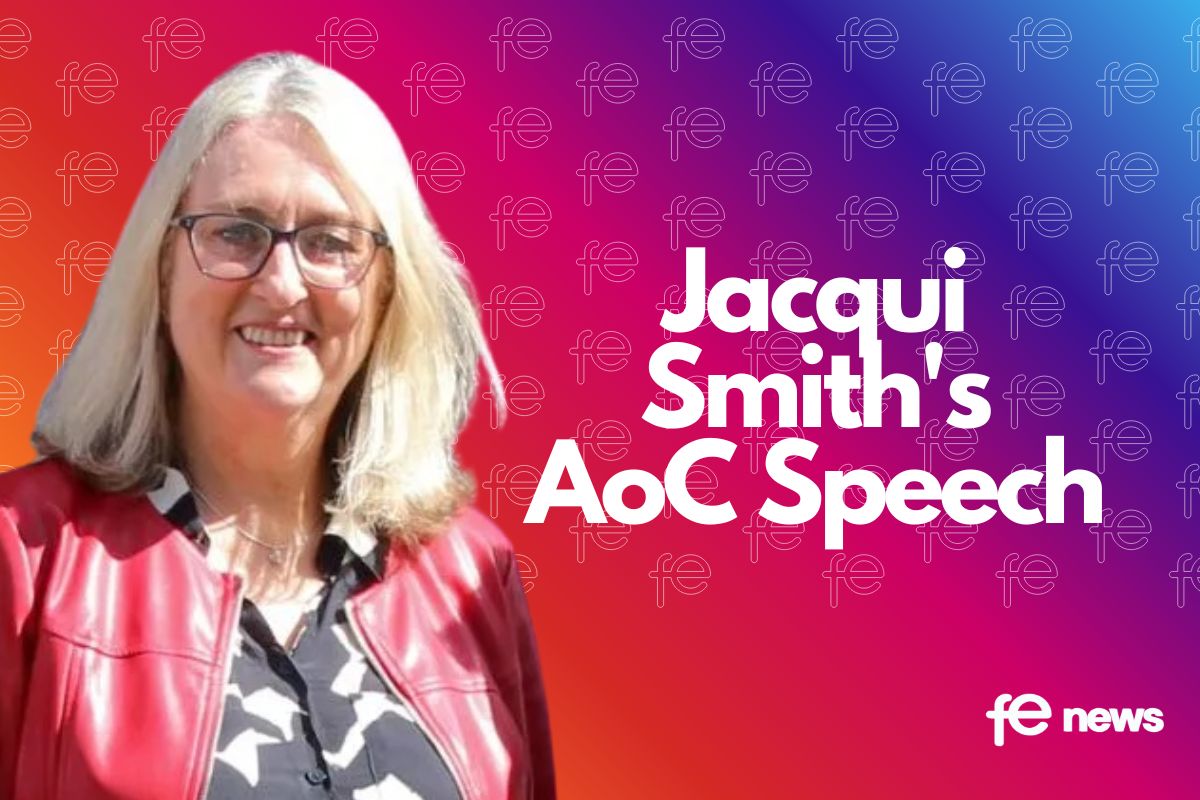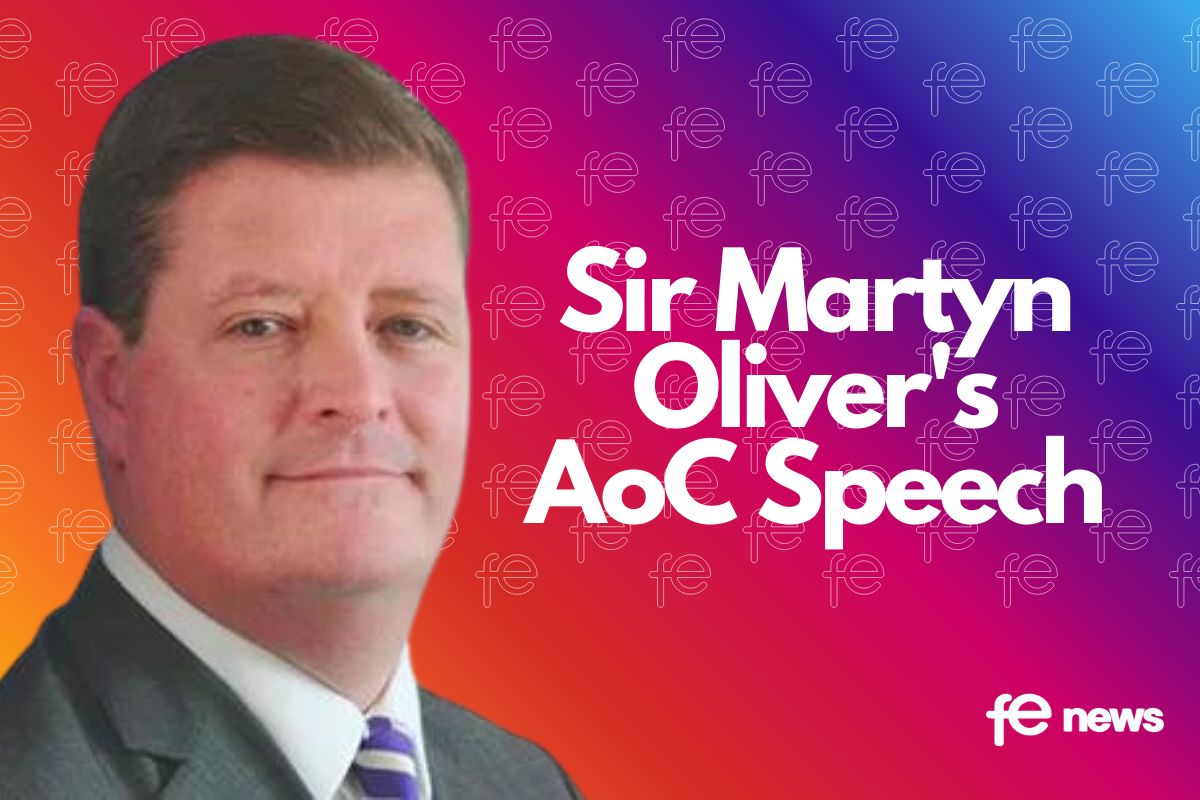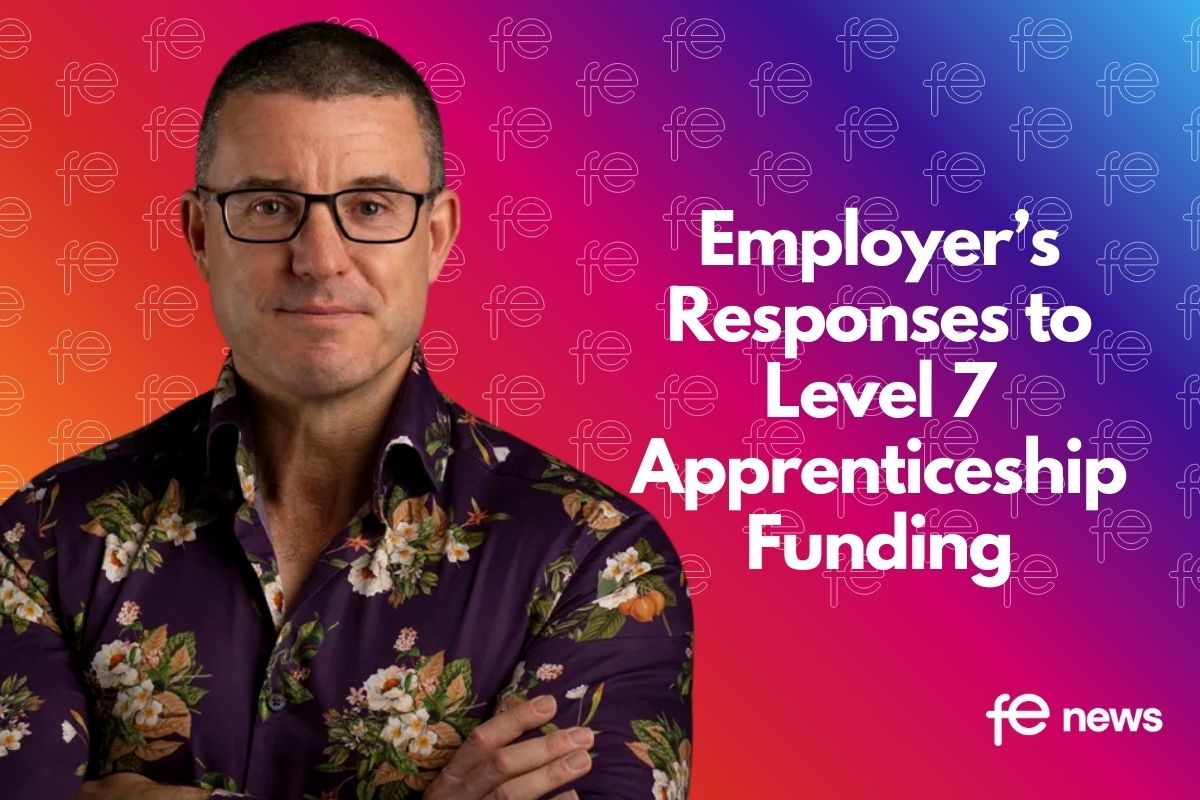Scrap the current student loan statement, it is misleading and risks promoting poor financial decisions

Today’s twitter poll: Do you believe you properly understand how the student loan system & repayments work?
(Poll to coincide with our new report on why student loan statements are dangerous & misleading… https://t.co/szLbxb61pY)
— Martin Lewis (@MartinSLewis) May 14, 2019
Top universities and MSE call for the current student loan statement to be scrapped as it is misleading and risks promoting poor financial decisions, together they’ve redesigned a new statement, with a 90% success rate, that the Government should adopt.
The current student loan statement is not fit for purpose. A new report “Moving towards a Graduate Contribution Statement” out today (14 May) shows that thousands of students, graduates and parents have given a radical redesign of the statement an unequivocal seal of approval.
MoneySavingExpert.com (MSE) and the Russell Group of universities ripped up the existing statement and launched their own version in February. This was then tested by nearly 6,000 people.
Today, the results are published in a detailed report analysing the feedback. MSE and the Russell Group are urgently calling on the Government and the Student Loans Company (SLC) to look at using their new statement as a basis from which to redesign the official version.
The aim has been to produce a statement that informs people of their personal situation, but also uses this information to illustrate how student loan repayments really work over the short and long-term. This should help graduates see the true cost to them of their education.
The new statement:
- Focuses on repayments to be made, more than the debt. For the majority of university leavers, their outstanding ‘debt’ is a mostly meaningless figure that bears only a loose resemblance to what they need to repay. However, this figure, and the interest added, is the primary data given on the current statement – leaving many unnecessarily scared.
- Details how the repayments actually work. Today’s university leavers repay 9% of everything earned above a threshold, currently £25,725 (in England & Wales) for 30 years, unless they clear the debt before that. So whether you owe £10,000, £50,000 or £3 million – with a £30,000 salary, you repay £385 a year. The only impact the size of the ‘debt’ has is whether you’ll clear what you owe before it wipes.
- Explains what contributions are made each month, and over the year. It shows how much graduates are actually repaying now on a monthly basis, instead of a long list of figures.
- Predicts the total cost of higher education. As it’s predicted that 83% of university leavers will keep paying for the full 30 years, the total cost is often not related to the debt. The statement estimates the total amount they will repay within the 30 years, both in cash terms and real terms while factoring in inflation – based on their earnings trajectory.
The Graduate Contribution Statement was tested in an online survey of 5,796 students, former students and parents, some institutions (such as students unions) as well as in a series of student focus groups.
- 96% of respondents said the new information is clear.
- 90% said the statement helped them understand the student finance system.
- 91% success rate achieved when respondents were tested to ensure they really did understand the more complex information correctly.
Written responses included:
“It does a much better job than the current information we have access to through the Student Loans Company, which doesn’t even tell you what your contributions have been. Much clearer and easier to understand!”
“I think it’s much needed! Currently the communications from SLC are very complicated, lengthy, and are not at all clear on what you’re paying, and most importantly WHY you are paying what you are.”
The report will be presented to the Government, and to Philip Augar, who is leading the review of post-18 education and funding.
MSE, its founder Martin Lewis and the Russell Group are now urgently calling on the Government and the SLC to act on its recommendations.
Martin Lewis, founder of MoneySavingExpert.com, warns of the financial damage of the current statement:
“The current student loan statement is a blunt, misleading tool that is financially dangerous. It prompts often-unnecessary fear and distress from some of the millions who receive it. And worse, as it’s a gateway document, this reverberates across society, and therefore risks wrongly deterring many from a future of higher education.
“For the majority of university leavers, their outstanding ‘debt’ is a mostly meaningless figure that bears only a loose resemblance to what they need to repay. However, this figure, and the interest added, is the prime data covered on the current statement.
“In fact, a more accurate name for the student loan system would be a ‘graduate contribution’, as what counts most isn’t what’s owed but what’s repaid, which depends almost entirely on earnings. Yet the last year’s annual repayment is only mentioned in passing, and there’s no attempt to explain total repayments over the life of the loan.”
“Focusing on the wrong info can have damaging consequences for individuals. One woman told me how the fear of the growing interest on her statement meant she used an inheritance to overpay thousands. But as she was in a low-earning profession, with little likelihood of ever clearing much, her overpayment wouldn’t have any impact on what she’d repay in future – so she’d simply flushed the cash away.
“That’s why we started from scratch on the statement. Thankfully, for a first attempt the success rates were extraordinary.
“Therefore, with the Augar report on further and higher education due, we are urgently calling on it and the Government to look at using our statement as a basis to redesign the official statement. This would improve understanding and decision-making for past, present and future students alike.”
David Thompson, Senior Policy Analyst at the Russell Group, added:
“The student finance system can be confusing, particularly for younger students who are unfamiliar with some of the terminology it uses. Our new Graduate Contribution Statement is a step in the right direction towards greater transparency, easier-to-understand language and better, more relevant information for graduates about their loans.
“The feedback it received through both our online survey and the focus groups we conducted was overwhelmingly positive. Respondents praised the new, expected lifetime repayments feature and the improved information about the 30-year forgiveness period as particularly helpful.
“I hope that the Department for Education and the Student Loans Company can act swiftly to adopt the best features of our proposed new statement. Doing so would not only be in the clear interest of graduates currently receiving statements, but may also help reassure both current and prospective students about the way student finance really works.”
The proposed Graduate Contribution Statement was designed when the student loan repayment threshold was £25,000, and the figures on the tested statement reflect this. The threshold has since increased to £25,725. For accuracy, this articles reflects the current repayment threshold.











Responses